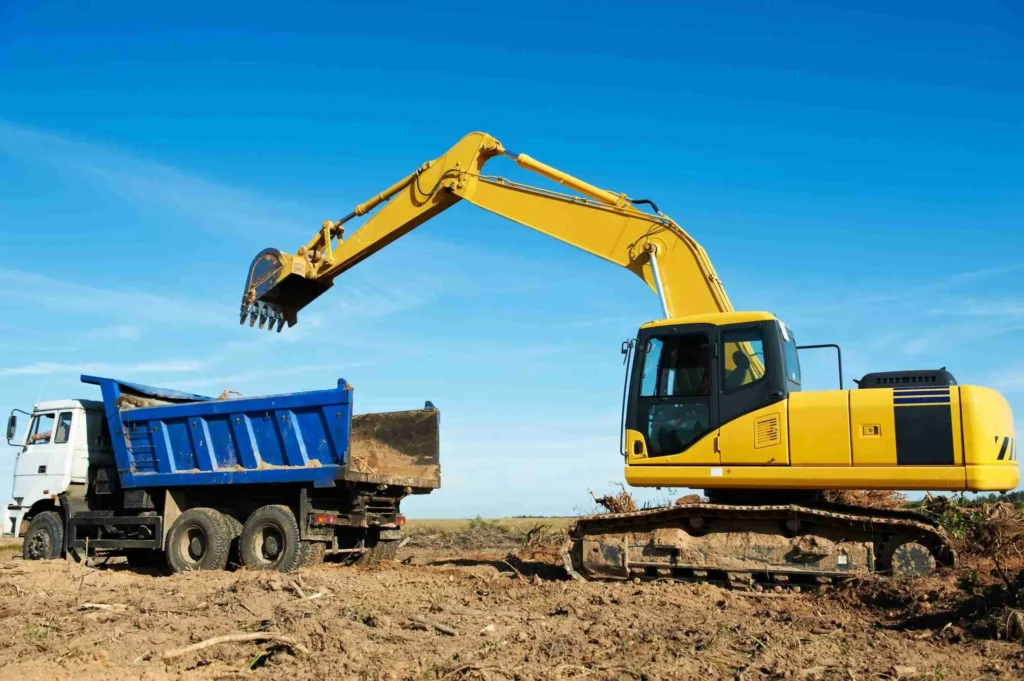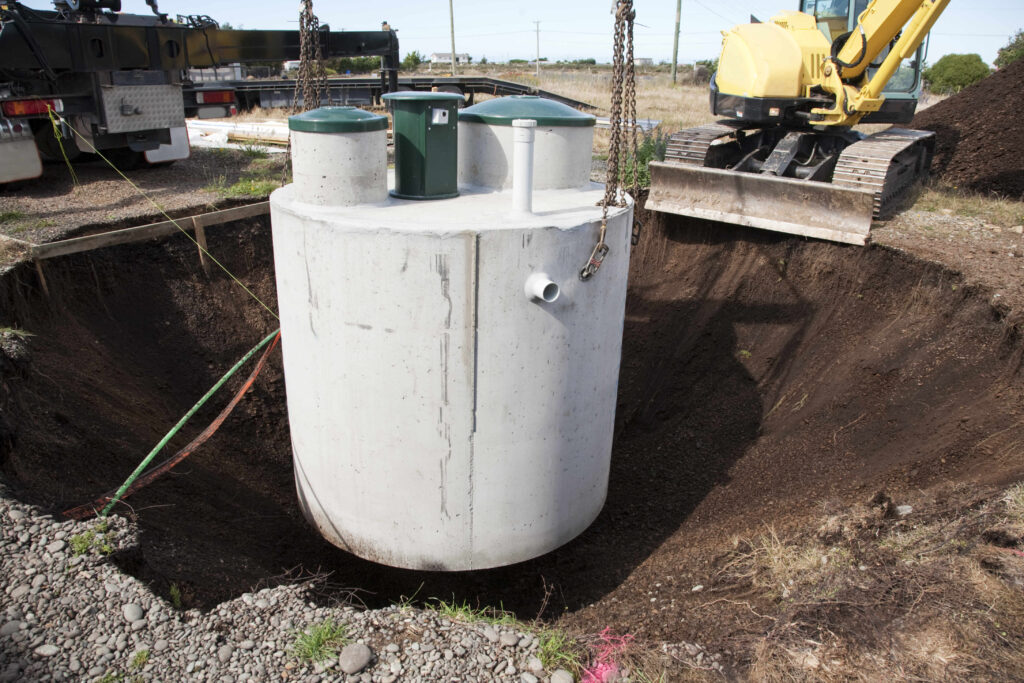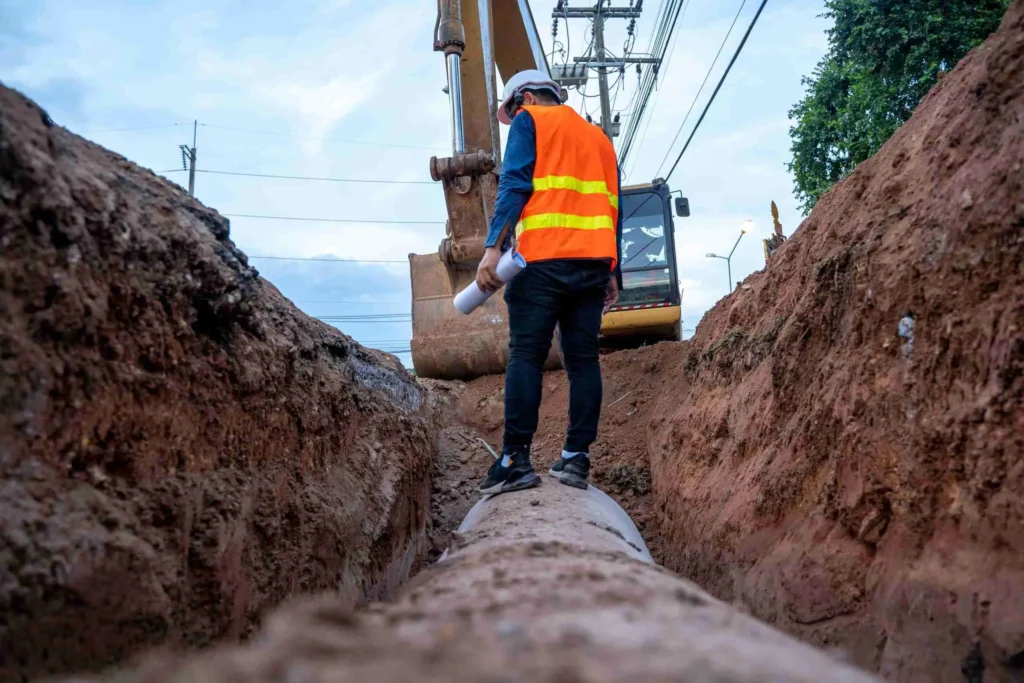As communities grow, so too does the volume of wastewater they generate. Public sewer connections allow centralized treatment plants to process collected household, business and industrial effluent. However, not all new development occurs adjacent to municipal infrastructure.
In these outlying areas, individual property owners must provide their own onsite sewage treatment systems to collect, process and subsurface discharge the estimated 300-400 gallons of wastewater produced daily by typical families. While conventional septic tanks and drain fields effectively eliminate some pollutants, environmentally conscious homeowners and developers continue seeking sustainable alternatives that purify greywater more comprehensively to protect ecosystems and human health.
One such solution relies on the exceptional water filtering powers of specialized marsh ecosystems called constructed wetlands.

What Are Constructed Wetlands?
Constructed wetlands are engineered basins filled with emerald cattails, bulrushes, reeds and other hydrophytic plants suspended in layers of water and gravel or soil. Functioning like natural kidneys, these living ecosystems provide an environmentally friendly approach to handling residential, municipal and agricultural wastewater discharge.
Mimicking the biological and physical processes occurring in naturally occurring marshes, wastewater is piped into constructed wetland cells under controlled conditions. A matrix of microbes, plants and substrates facilitate complextransformation of pollutants and pathogens as effluent slowly migrates through the system prior to surface release or reuse via irrigation.
Constructed wetlands occupy a middle ground between conventional subsurface septic drain fields and full-scale mechanical treatment plants. They typically serve individual properties generating less than 100,000 gallons of greywater daily. However, wetland cells can be scaled up significantly to handle municipal influent processing over one million gallons per day if space allows.

How Do Constructed Wetlands Treat Wastewater?
The layered components of constructed wetlands facilitate a multi-step cleansing process:
- Primary Filtration Stage
First, influent enters a pretreatment chamber to screen out trash, debris, grit, and excess solids that did not settle out in prior septic processing. This protects downstream filtration media from premature clogging while allowing easier maintenance cleanouts of just this first compartment. - Biofilm Attachment Stage
Effluent then passes into a zone filled with durable rock media that provides surface area to support colonies of active biofilm composed of diverse microorganisms like protozoa, fungi, bacteria and yeasts. These microbes aerobically or anaerobically digest soluble organic material while firmly attaching themselves to the rocky substrates in thin, slimy sheets. - Plant Uptake Stage
Partially clarified water proceeds into subsequent cells filled with sandy substrate and emergent vegetation rooted in the saturated sediments. Plants like fragrant cattails or ornamental rushes act as living filters extracting excess nutrients like nitrogen and phosphorous molecules as cellular food to fuel their metabolism and growth. This bio-harvesting prevents algae blooms if effluent eventually flows into natural ponds or streams.
In tandem with the plants, communities of microbes coating plant stems and leaves (phytofilms) digest additional organic matter, as wastewater trickles down through dense root bundles into lower gravel filtration layers that trap suspended particles and pathogens.
- Disinfection Stage
Finally, cleaner effluent exiting the aerobic marsh flows into an ultraviolet disinfection unit, ozone contactor or chlorinated chambers to finalize pathogen destruction before flowing into drainage ditches, creeks or recycled back into properties via subsurface irrigation fields.
What Are Primary Advantages Of Using Constructed Wetlands?
When adequately sized and planted, constructed wetlands offer impressive treatment performance rivaling conventional processing plants. Their primary advantages include:
Economics
Engineered wetlands save significantly on construction costs and energy demands compared to traditional mechanical plants. Once established, biological processes largely treat wastewater automatically with only periodic solids removal and landscape maintenance needed.
Efficiency
Wetland cells effectively eliminate pollutants like five-day biological oxygen demand (BOD), total suspended solids (TSS), fecal bacteria, viruses, protozoa and parasites. They also excels at removing metals, fuels, oils, detergents and other hazardous chemicals.
Ecology
The thriving ecosystems purified water enters helps restore biodiversity to degraded areas. Wildlife utilize marshes for food, shelter and nesting. Wetlands also attract birds, butterflies and beneficial insects while enhancing surrounding scenery.
Sustainability
Constructed wetlands exemplify sustainability in action via recycling wastewater. Nutrients get recycled into plant biomass later harvested for livestock feed or landscaping mulch. In arid climates, treated greywater irrigates golf courses and community green spaces.

Who Can Benefit From Using Constructed Wetlands?
Engineered wetlands provide economical, eco-friendly wastewater solutions for:
- Rural homeowners with acreage needing individual systems
- Developers creating properties not adjacent to sewer mains
- Municipalities lacking centralized plants as communities expand
- Businesses like nurseries, resorts and golf courses
- Farms managing agricultural runoff
- Industries requiring chemical, fuel and solid waste pollution control
Wetlands Pacific specializes in the planning, feasibility analysis, design, planting and ongoing maintenance of innovative marsh ecosystems to meet customized wastewater treatment goals for clients across the region.
Contact us today to explore if constructed wetlands could be the ideal biosolution for your next development project or existing property needs.